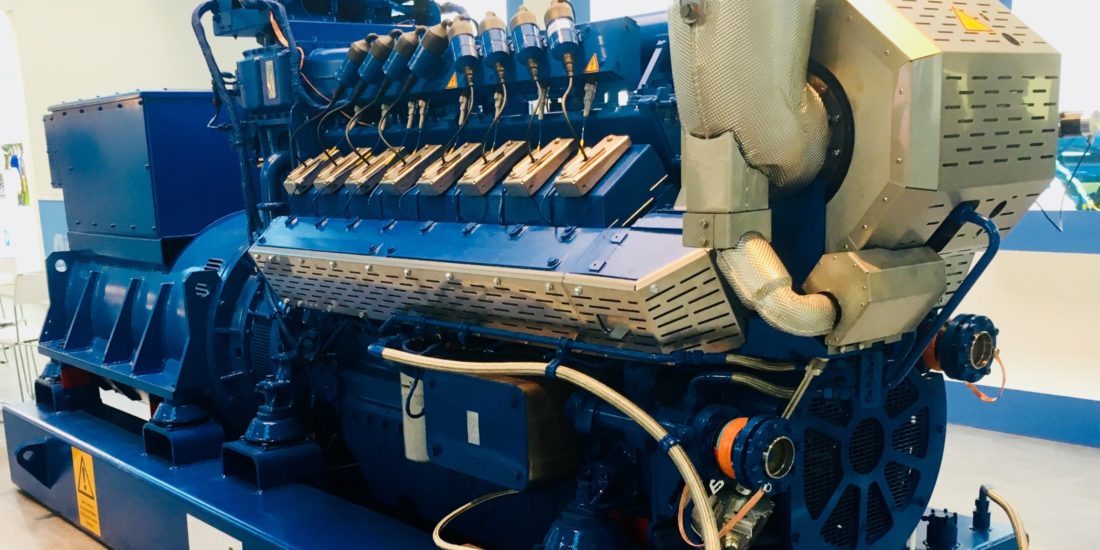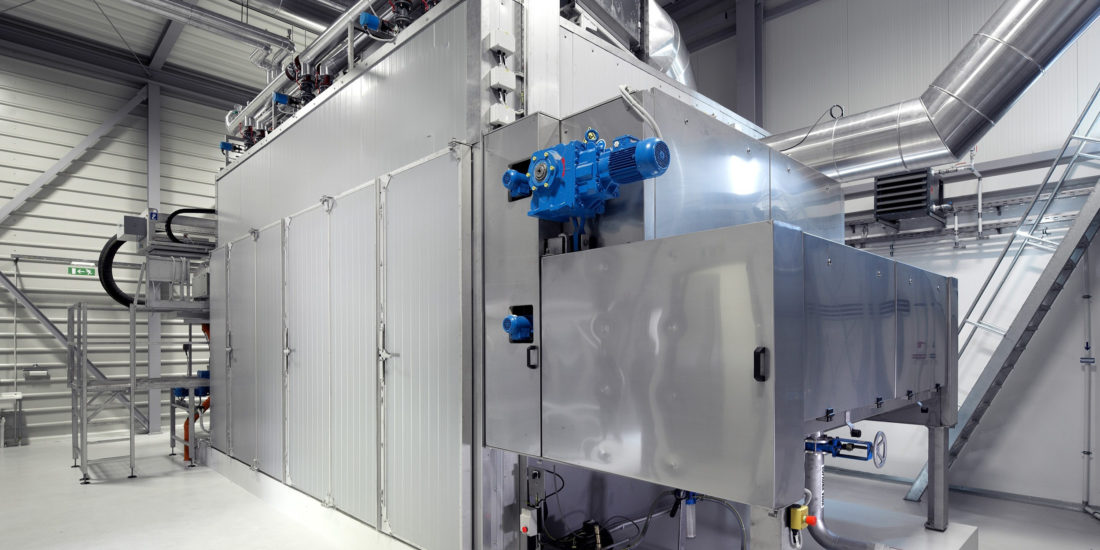Waste management
Learn about our circular economy vision

Recycling
Our projects build on the principles of the circular economy and waste recycling is definitely one of them. Sorted materials are treated by the processors, where they are given new life. Numerous products such as benches and artificial textiles are manufactured from recycled plastics. Some plastics can also be “upgraded” and be reused for the production of the material from which they were originally produced.
 I am interested in materials suitable for recycling
I am interested in materials suitable for recycling
Collection
Waste collection makes up a very important part of waste management. We put great emphasis on the already well-functioning relationships in the given region. We try to understand these relationships and find an optimal solution together with you. Some of our concepts may require changes in the standard waste collection systems; it is important that waste collection companies help to introduce such changes and react to them in the future. We may for example find new uses for waste that is usually disposed of at a landfill where it ends up without any further use.
 I am a waste collection company and want to know how I can profit from the new system
I am a waste collection company and want to know how I can profit from the new system
Waste sorting technology
We have succeeded in motivating waste producers (citizens and companies) toward better waste sorting, but still not all waste is sorted properly. Waste sorting is important for the following three reasons:
- Technical – production of high-quality alternative solid fuels meeting high standards;
- Legal – adhering to increasingly demanding waste sorting objectives; and
- Circular – the effort to reuse the maximum possible amount of sorted waste.
We offer various sorting options from simple sorting machines with a waste crusher to sophisticated waste sorting lines with infrared sensors for sorting. The individual solutions depend on local circumstances.
 I want to know what type of sorting is suitable for my business
I want to know what type of sorting is suitable for my business
Refuse derived fuels or RDF
Alternative solid fuels are manufactured from waste and used for energy production. This product is certified and its quality is checked continuously so that it meets all parameters.
 I am interested in RDF
I am interested in RDF
Thermal process
Thermal decomposition is a process through which the stability of polymers is lowered thus leading to their decomposition and the generation of smaller molecules. In other words, a volatile combustible matter is released from the solid waste such as tyres, plastics, sludges from sewage-treatment works, biomass etc. The basic prerequisite is that oxygen is not involved in the process. Three main products are usually generated by thermal decomposition: oil, gas and carbon residue. These thermal decomposition outputs can be used as inputs for further processing, above all for thermal and electrical energy generation.
 I want to know how I can take advantage of thermal decomposition
I want to know how I can take advantage of thermal decomposition
Energy production systems
We offer optimum energy production systems based on the input fuel; these may consist of boilers, cogeneration units or turbines. Cogeneration units (CGUs) generate electric power and heat at the same time. They are thus an optimum solution for consumers who want electric power and heat at the same time. EU subsidies are currently available for CGUs. CGUs can combust either gas or oil or they are “dual” and can combust all fuel types. Their fuel efficiency amounts to up to 96% by combining the production of electric power and heat.
 I want an optimum energy production system
I want an optimum energy production system
Farm
Farming has always been a human activity. More emphasis is put on high-quality local agricultural products, as the number of people has increased and food trends have changed. Hydroponic greenhouses and fish farming ponds are an optimal outcome for the utilization of electric and thermal energy generated within our waste treatment concept.
 I am interested in farming and want an optimum outcome for the utilization of electric and thermal energy
I am interested in farming and want an optimum outcome for the utilization of electric and thermal energy
Citizens, companies
Your waste is important to us and our projects start at the source. It is better to make soup from high-quality ingredients than to season it at the end of cooking with an uncertain outcome; similarly, it is worth the effort to motivate waste producers toward better waste sorting. Our waste management concepts are developed so that we guarantee the best-quality input materials for further links of the chain.
 I want to discus the best waste management solution for me
I want to discus the best waste management solution for me
Sewage-treatment works + sludge drying plant
Most domestic and industrial wastewater is treated at sewage-treatment works (STW). Or at least it should be. Under new legislation, municipalities exceeding a population equivalent of 2,000 should have their own STW from 2027. After the treatment, the wastewater is treated by a sludge press or centrifuge, where we get dewatered sludge with a dry matter content of about 25% (depending on the quality of the technology). Since 2018, under new legislation, sludges from sewage-treatment works can no longer be simply ploughed into fields as before. Sludges have thus to be treated in a different way. Therefore, it is appropriate to further dry the dewatered sludges and use them for energy generation. It is of great advantage to connect a sludge drying plant with an energy production system which is a part of a thermal decomposition plant and so to use thermal energy from renewables. Sludges also contain a high amount of phosphorus, which will provide a great business opportunity in the future, since it is used in fertilizers and its resources are limited while the demand has grown.
 I want a solution for the treatment of sludges from sewage-treatment works
I want a solution for the treatment of sludges from sewage-treatment works
Sewage-treatment works + sludge drying plant
Most domestic and industrial wastewater is treated at sewage-treatment works (STW). Or at least it should be. Under new legislation, municipalities exceeding a population equivalent of 2,000 should have their own STW from 2027. After the treatment, the wastewater is treated by a sludge press or centrifuge, where we get dewatered sludge with a dry matter content of about 25% (depending on the quality of the technology). Since 2018, under new legislation, sludges from sewage-treatment works can no longer be simply ploughed into fields as before. Sludges have thus to be treated in a different way. Therefore, it is appropriate to further dry the dewatered sludges and use them for energy generation. It is of great advantage to connect a sludge drying plant with an energy production system which is a part of a thermal decomposition plant and so to use thermal energy from renewables. Sludges also contain a high amount of phosphorus, which will provide a great business opportunity in the future, since it is used in fertilizers and its resources are limited while the demand has grown.
 I want a solution for the treatment of sludges from sewage-treatment works
I want a solution for the treatment of sludges from sewage-treatment works
 PILSEN TECHNOLOGIES s.r.o.
PILSEN TECHNOLOGIES s.r.o.



